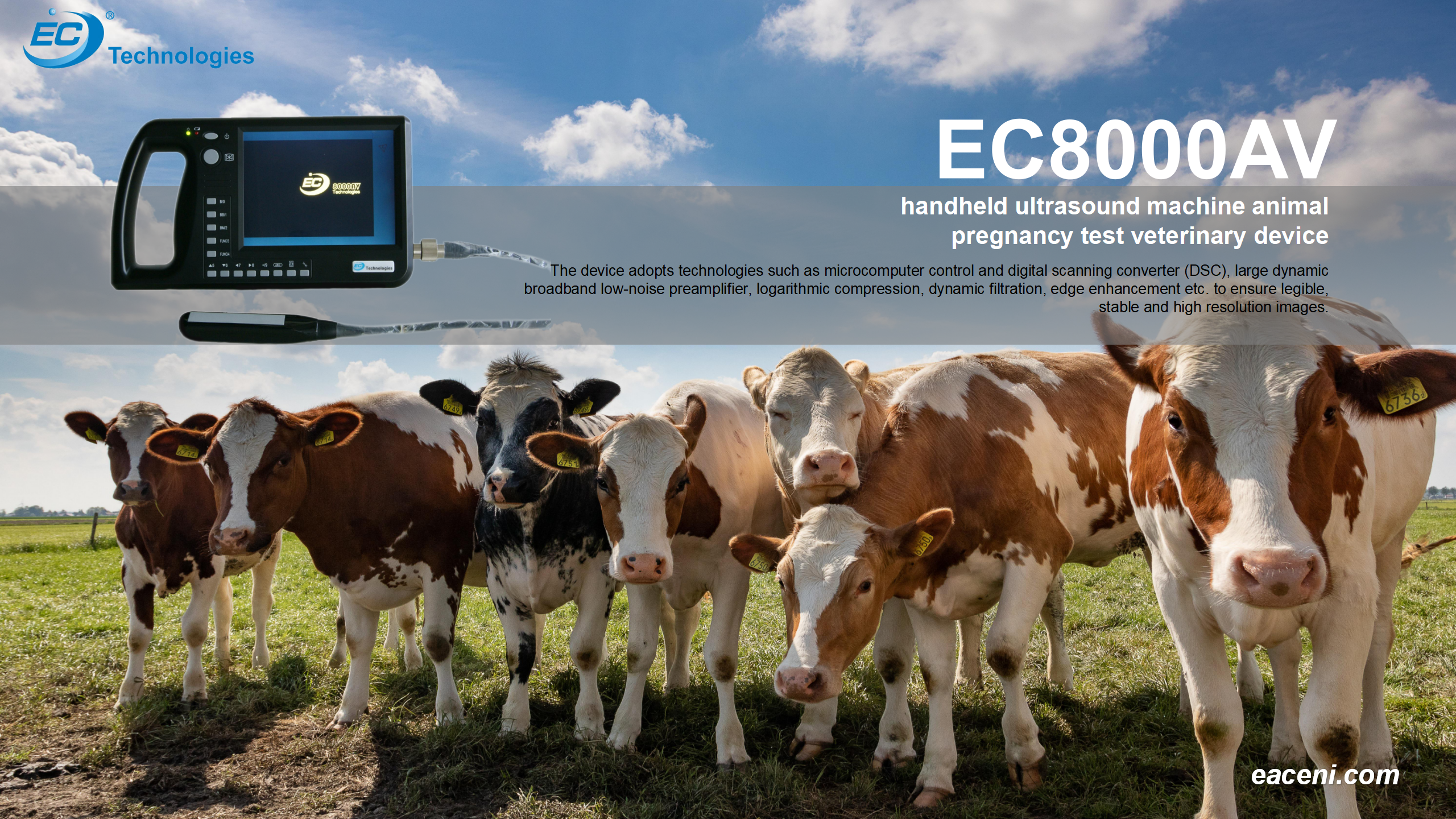Efficiency plays a crucial role in the development of animal husbandry. As the demand for animal products continues to rise, it is imperative for the industry to find ways to maximize productivity while minimizing resources and environmental impact.
Over the years, significant advancements have been made in improving efficiency within the animal husbandry sector. One area of development is the use of precision agriculture techniques. Farmers now have access to advanced technologies and data analytics that enable them to closely monitor and manage various aspects of animal production, such as feed intake, growth rate, and health status. By utilizing these technologies, producers can identify potential issues and make informed decisions to optimize productivity and reduce wastage.
Furthermore, the application of genetic selection and breeding programs has significantly contributed to enhancing efficiency in animal husbandry. By selectively breeding animals with desirable traits such as high growth rates and improved feed conversion efficiency, producers can produce offspring that are more economically and environmentally sustainable. This not only saves resources but also increases the overall profitability of the industry.
Moreover, improved nutrition and feeding practices have also played a pivotal role in the development of efficiency in animal husbandry. Through the formulation of scientifically balanced and optimal diets, livestock can receive the necessary nutrients for growth and productivity. This prevents wastage and promotes healthier animals, leading to higher yields and profitability.
In addition to technological and genetic advancements, enhanced management practices are also instrumental in improving efficiency. Farmers are now more knowledgeable about animal welfare, disease prevention, and stress management, which helps minimize losses and improve overall productivity. By implementing proper housing conditions, vaccination programs, and biosecurity measures, producers can reduce health risks and enhance the well-being of their animals.
Ultrasound machines have played a crucial role in improving the efficiency of animal husbandry. By utilizing this technology, farmers can accurately determine the reproductive status of their livestock, monitor pregnancy, and detect any potential health issues early on. This not only saves resources but also increases overall productivity and profitability of the industry. With the continued adoption of ultrasound machines in animal husbandry, we can look forward to a more efficient and sustainable future for the industry.
Lastly, the increasing awareness of sustainability and environmental concerns has driven innovation in animal waste management. Advanced systems such as anaerobic digestion and composting have been adopted to convert animal waste into valuable resources, such as biogas and fertilizer. This not only reduces the industry’s ecological footprint but also generates additional revenue streams for farmers.
In conclusion, the development of efficiency in animal husbandry is crucial for meeting the growing demand for animal products in a sustainable manner. With advancements in technology, genetics, nutrition, and management practices, the industry continues to evolve and thrive. By embracing these developments and implementing them on a wider scale, we can ensure a more efficient and sustainable animal husbandry sector for the future.
Post time: Sep-25-2023







